Victor Caceres Chian
Neuro-symbolic computing with spiking neural networks
Aug 04, 2022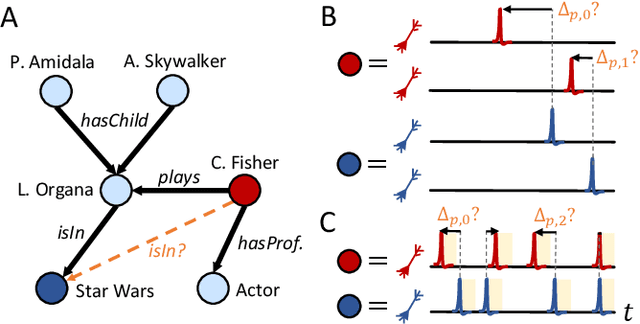
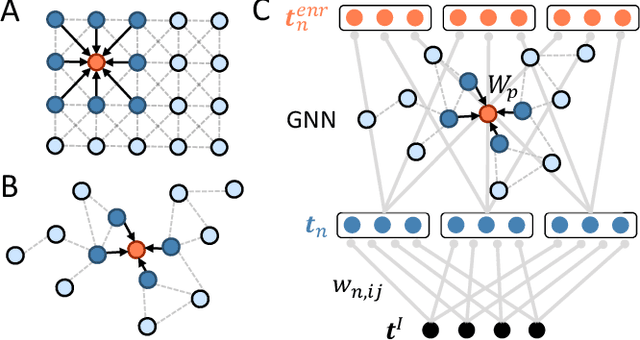
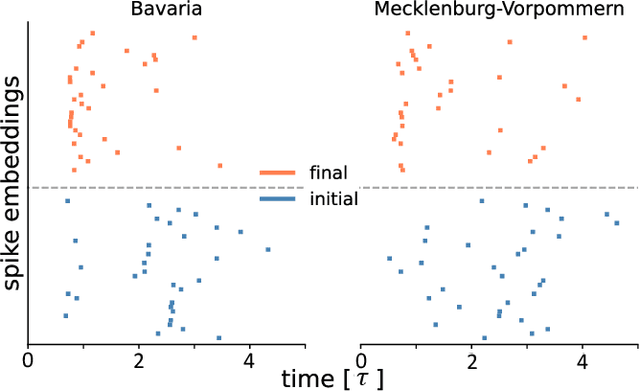
Abstract:Knowledge graphs are an expressive and widely used data structure due to their ability to integrate data from different domains in a sensible and machine-readable way. Thus, they can be used to model a variety of systems such as molecules and social networks. However, it still remains an open question how symbolic reasoning could be realized in spiking systems and, therefore, how spiking neural networks could be applied to such graph data. Here, we extend previous work on spike-based graph algorithms by demonstrating how symbolic and multi-relational information can be encoded using spiking neurons, allowing reasoning over symbolic structures like knowledge graphs with spiking neural networks. The introduced framework is enabled by combining the graph embedding paradigm and the recent progress in training spiking neural networks using error backpropagation. The presented methods are applicable to a variety of spiking neuron models and can be trained end-to-end in combination with other differentiable network architectures, which we demonstrate by implementing a spiking relational graph neural network.
Learning through structure: towards deep neuromorphic knowledge graph embeddings
Sep 21, 2021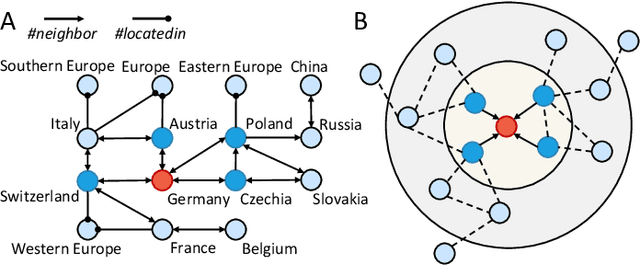
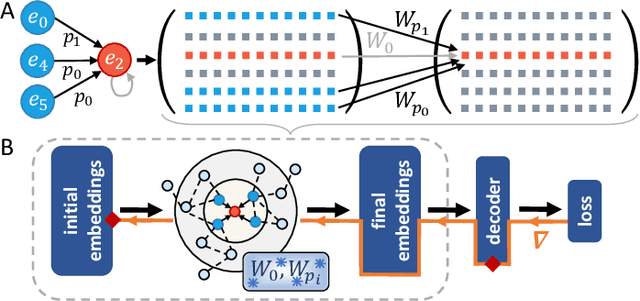
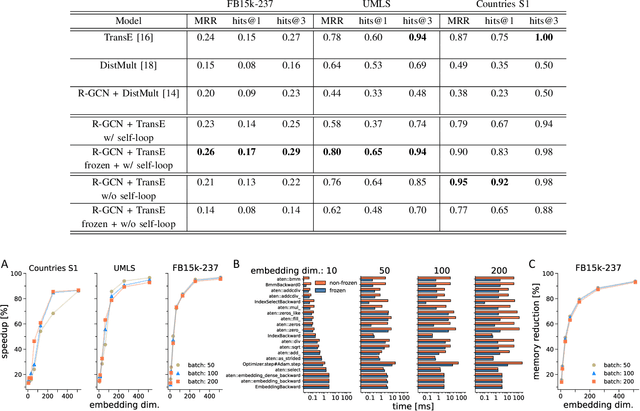
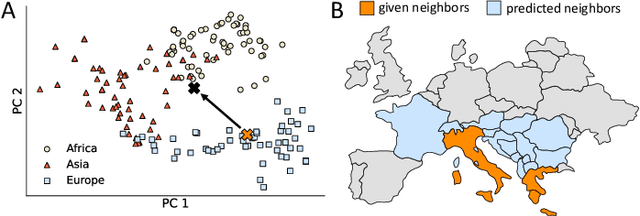
Abstract:Computing latent representations for graph-structured data is an ubiquitous learning task in many industrial and academic applications ranging from molecule synthetization to social network analysis and recommender systems. Knowledge graphs are among the most popular and widely used data representations related to the Semantic Web. Next to structuring factual knowledge in a machine-readable format, knowledge graphs serve as the backbone of many artificial intelligence applications and allow the ingestion of context information into various learning algorithms. Graph neural networks attempt to encode graph structures in low-dimensional vector spaces via a message passing heuristic between neighboring nodes. Over the recent years, a multitude of different graph neural network architectures demonstrated ground-breaking performances in many learning tasks. In this work, we propose a strategy to map deep graph learning architectures for knowledge graph reasoning to neuromorphic architectures. Based on the insight that randomly initialized and untrained (i.e., frozen) graph neural networks are able to preserve local graph structures, we compose a frozen neural network with shallow knowledge graph embedding models. We experimentally show that already on conventional computing hardware, this leads to a significant speedup and memory reduction while maintaining a competitive performance level. Moreover, we extend the frozen architecture to spiking neural networks, introducing a novel, event-based and highly sparse knowledge graph embedding algorithm that is suitable for implementation in neuromorphic hardware.
 Add to Chrome
Add to Chrome Add to Firefox
Add to Firefox Add to Edge
Add to Edge